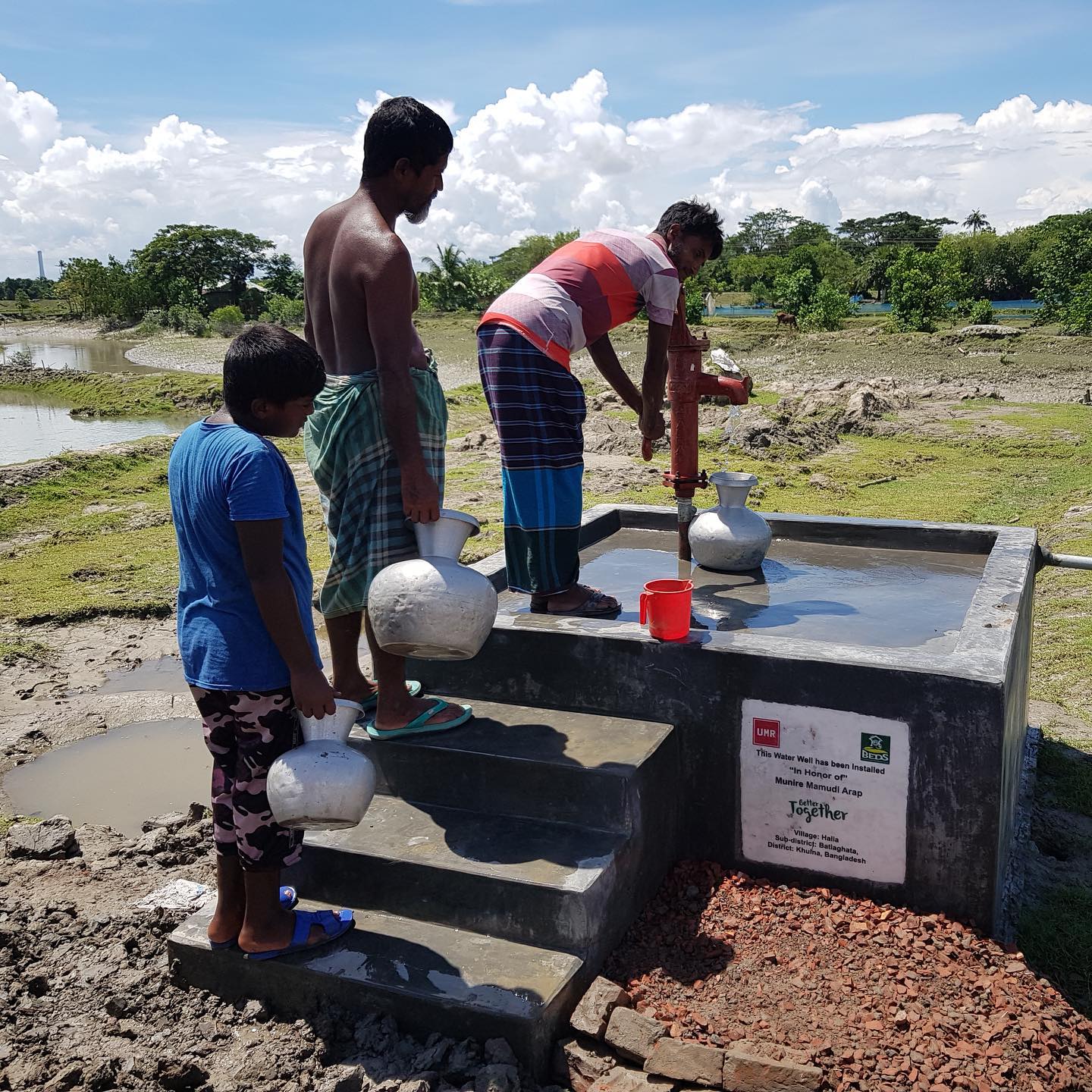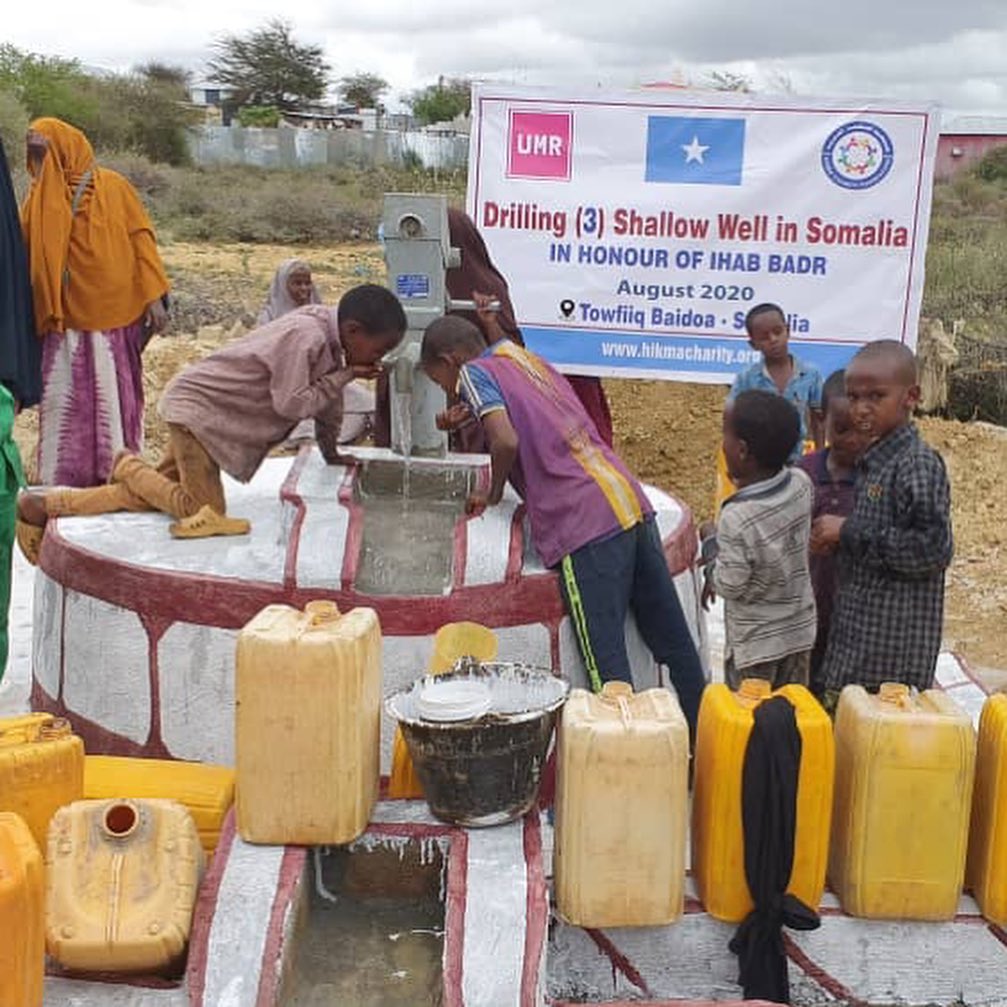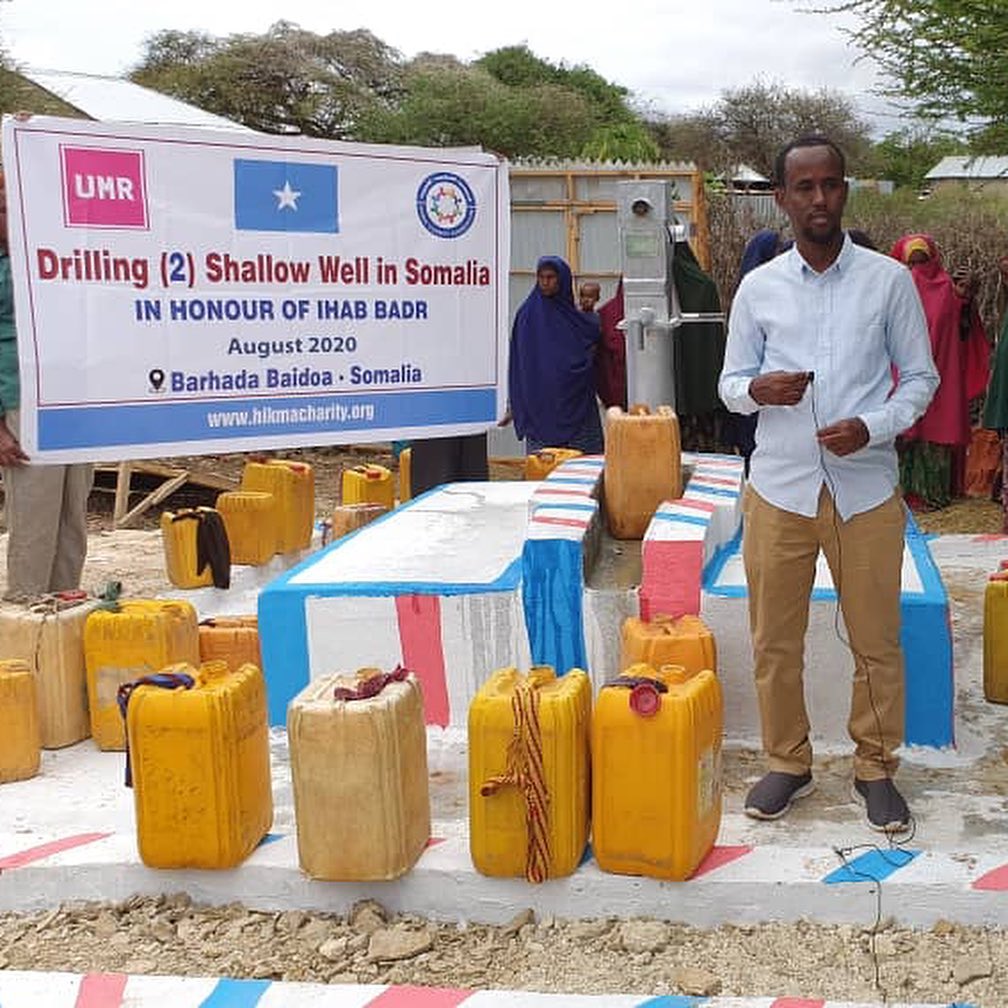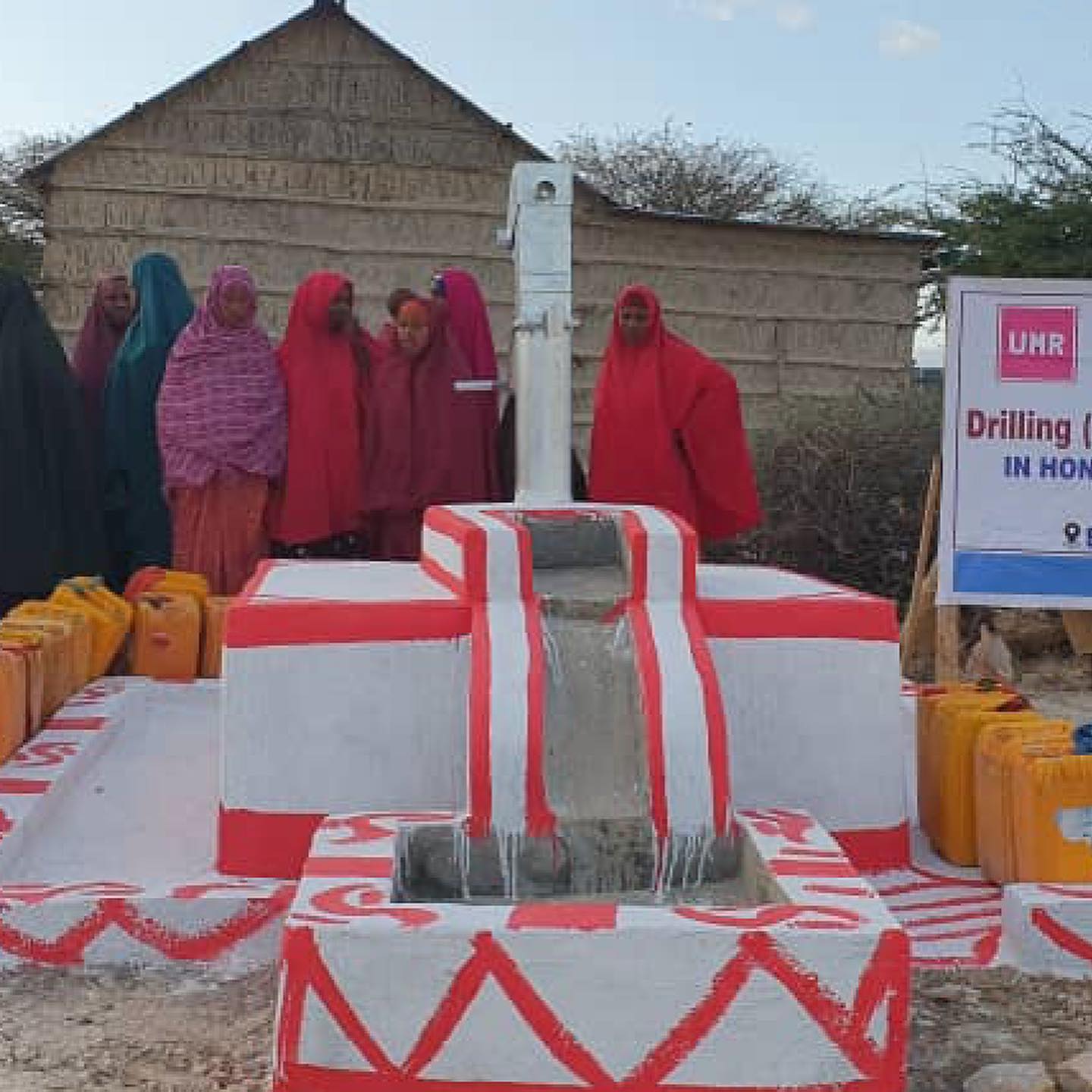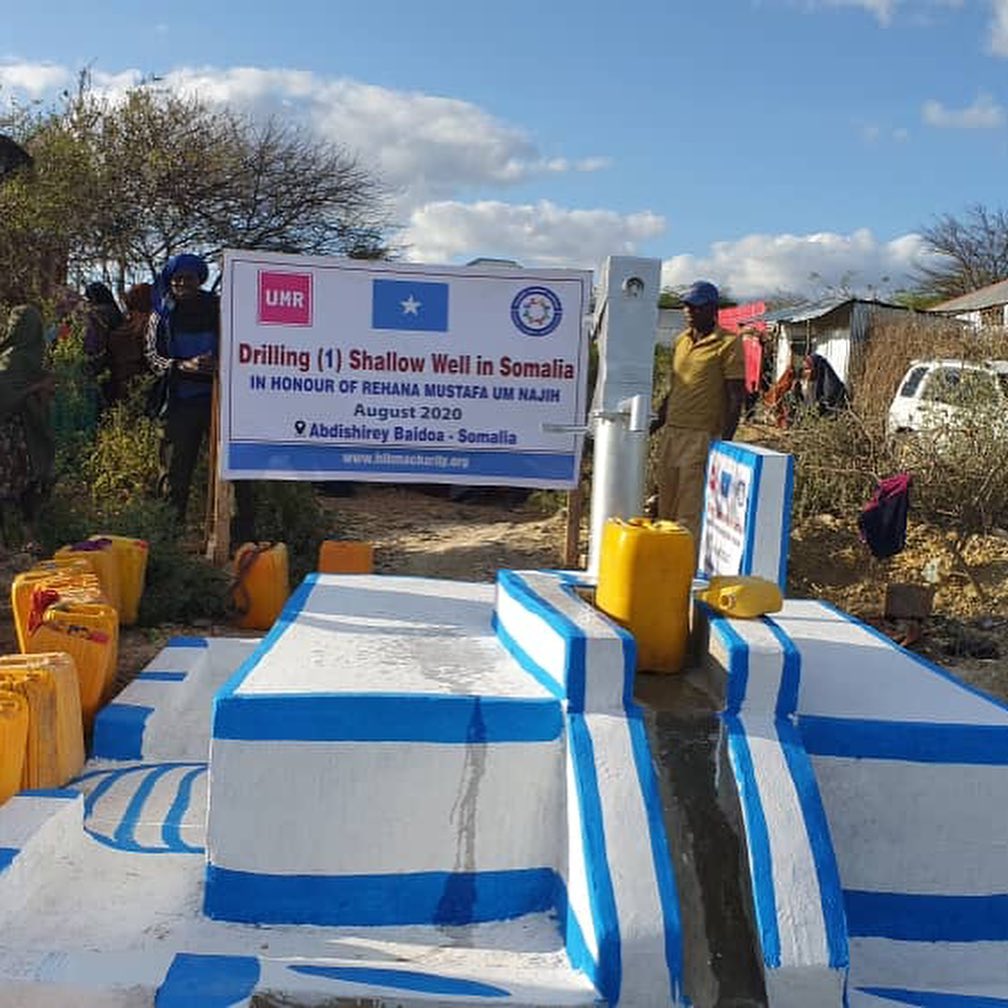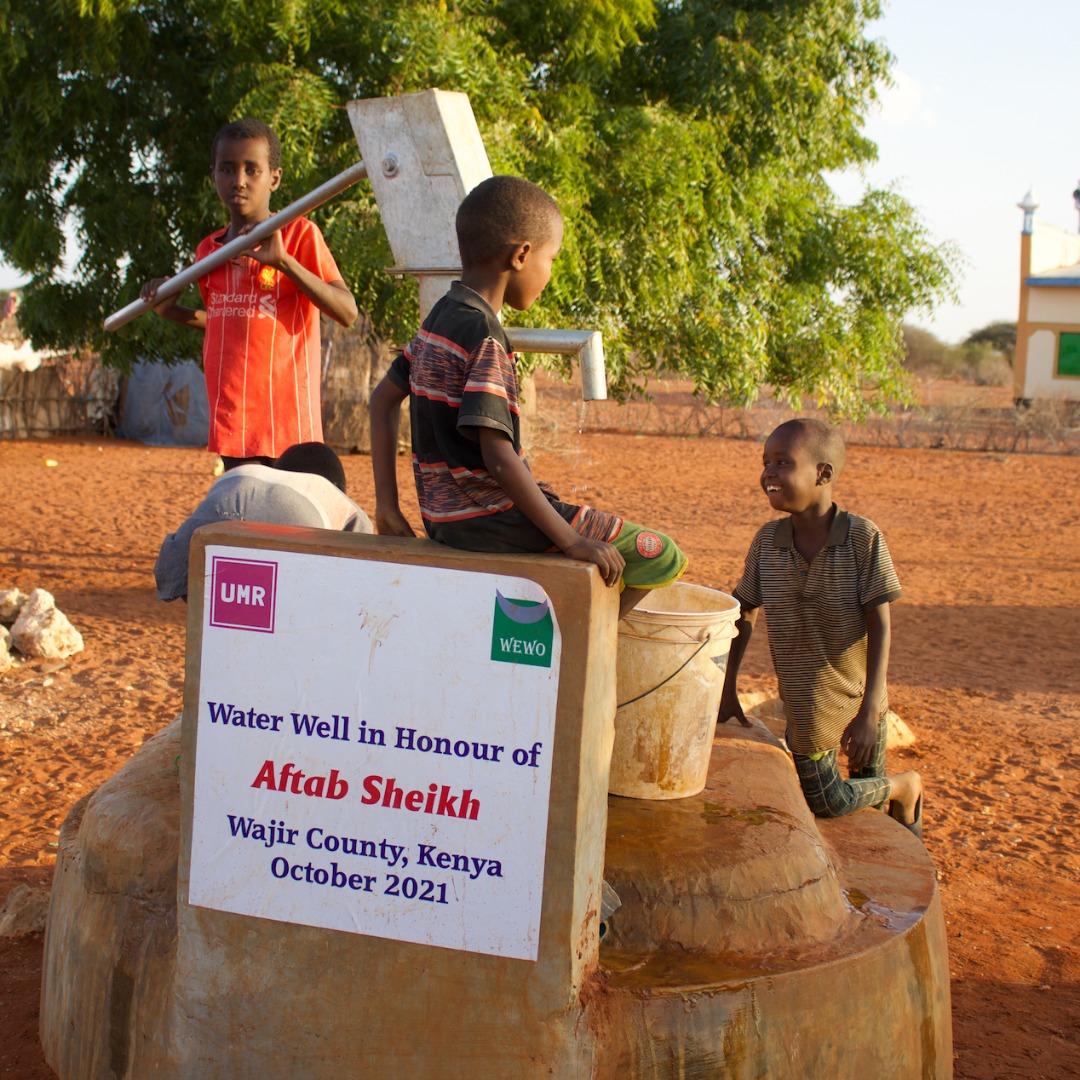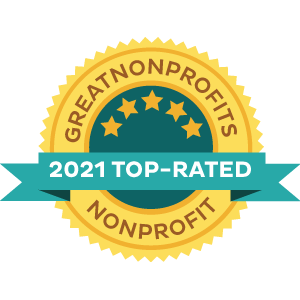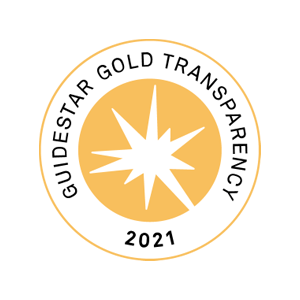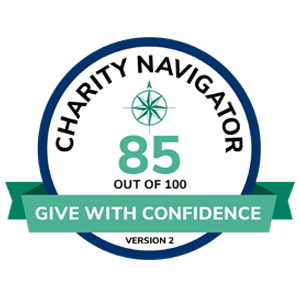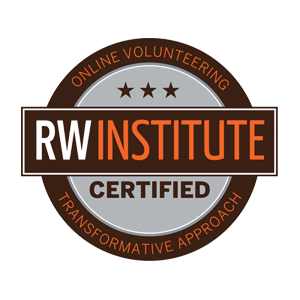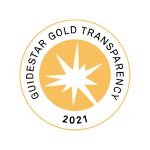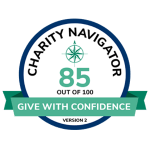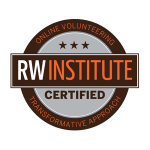WASH
It’s estimated that 3.5 million people die from water-related diseases every single year – that’s one person every ten seconds
Global Water Crisis in
Numbers
- According to the World Health Organization, approximately 785 million people in the world live without safe, clean drinking water
- By 2025, the World Health Organization estimates that half of the world’s population will be living in water-stressed areas
- In 80% of deprived households with water shortages, women and girls are responsible for water collection
0
B+
people live in countries experiencing high water scarcity
0
M
people
are at risk of being displaced by intense water scarcity by 2030
0
M
Estimated unsafe water, and poor sanitation
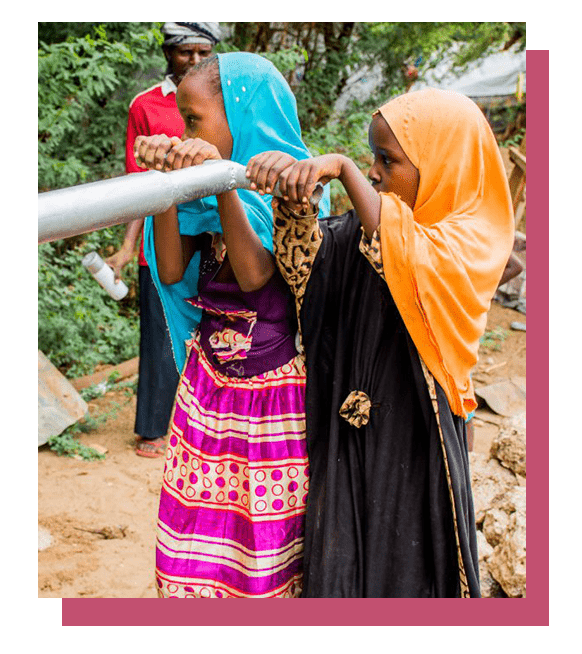
UMR Interventions
To improve water and sanitation, UMR’s approach prioritizes the remote, rural, and/or chronically vulnerable. UMR builds water wells in vulnerable communities, following its process of:
- PHASE ONE – location of well: locating and confirming the exact location in which the well will be built, depending on a number of construction factors, including the season, weather, ground soil health, etc.
- PHASE TWO – construction of well: once a location is determined, construction begins. Typically, this buildout process can take anywhere from 4-6 weeks
- PHASE THREE – completion of well: fully functioning well is built and complete, and ready for use and water distribution
As the wells are built, our donors are updated and notified as the process progresses. Once the third phase is reached and the well is functioning, donors receive a personalized report with details and photos.
UMR Focusing its efforts
to improve access to safe water in Pakistan, Somalia and Kenya. We do this by building hand pumps, shallow wells, boreholes, water pans and dams.
In 2019, UMR constructed dozens of water wells – but there are still millions of families who have to walk miles every single day just to access clean water. We are committed to alleviating suffering and reducing the spread of diseases – but we cannot do it without you.
Your donation has the power to lower child mortality rate, decrease conflicts over water resources, improve household livelihoods, save livestock, combat poverty, and generally just make life easier for thousands of people.
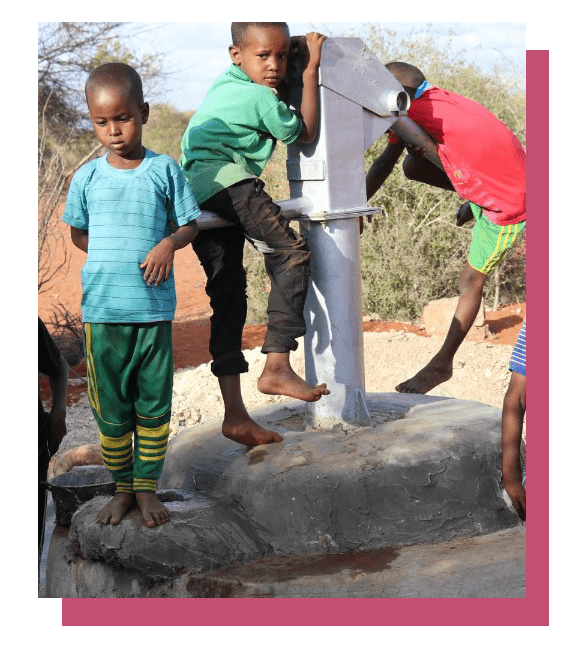
In Focus: Woman and the Lack of Sanitary Water
In most vulnerable communities, women and girls have the primary responsibility for management of household water supply, sanitation and health.
UMR’s WASH program efforts are guided by the recommendationsof the WHO/UNICEF
Joint Monitoring Programme for Water Supply, Sanitation and Hygiene (UNICEF/WHO JMP) to eliminate inequalities in WASH coverage and “leave no one behind”.
